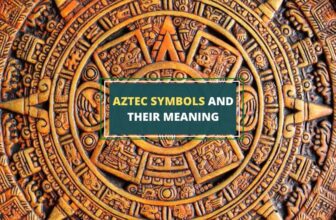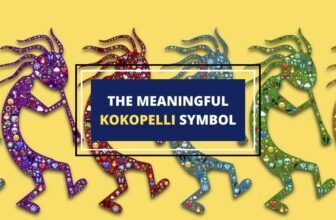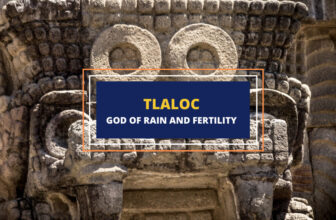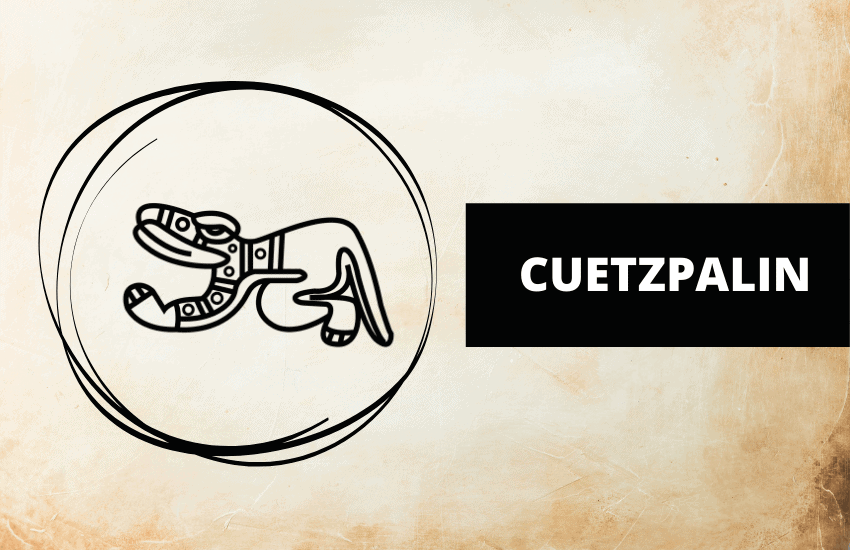
Table of Contents
Cuetzpalin is an auspicious day of the fourth trecena, or unit, in the Aztec calendar. It was the first day of the 13-day period and was believed to have an impact on the good fortune of the Aztec. Like all the other days of the Aztec calendar, Cuetzpalin was represented by a symbol – the image of a lizard.
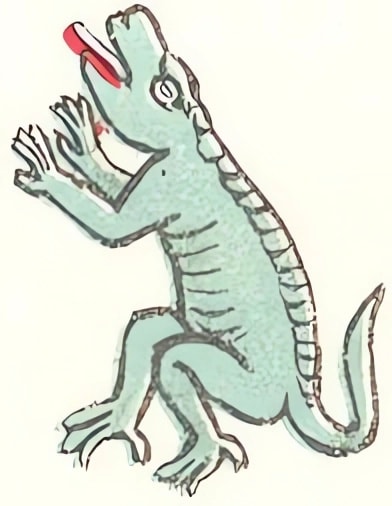
What is Cuetzpalin?
The Mesoamericans had a 260-day calendar known as the tonalpohualli, which was divided into 20 separate units, known as trecenas. Cuetzpalin (also known as Kan) is the first day of the fourth trecena, ruled by Itztlacoliuhqui, the god of ice, frost, cold, winter, punishment, human misery, and sin.
The word cuetzpalin is said to be derived from the word acuetzpalin, meaning large alligator, lizard, aquatic reptile, or caiman, which is a fitting name since the day is represented by a lizard.
Symbolism of Cuetzpalin
Cuetzpalin signifies quick reversals of fortune. It’s considered a good day to work on one’s reputation by taking the right actions, rather than using words. The day is also associated with the changing of one’s luck.
According to certain sources, the thirteen days of the fourth trecena were governed by handing out punishments and rewards. It was believed that warriors had to be like lizards as they do not suffer injury from a high fall, but immediately recover and return to their perch. Due to this, the lizard was chosen as the symbol for the first day of this trecena.
Punishments and Rewards in the Fourth Trecena
The fourth trecena in the Aztec calendar was a period associated with both punishments and rewards. Itztlacoliuhqui, the god of ice, frost, cold, winter, punishment, human misery, and sin, presided over these thirteen days.
During this time, the Aztecs believed that their actions would have swift consequences, leading to either favorable rewards or punitive outcomes. It was a period marked by the potential for quick reversals of fortune, reflecting the essence of the lizard, which could recover rapidly from a high fall. This belief shaped the way Aztecs approached their actions during this trecena, emphasizing the importance of reputation through deeds rather than words.
The Governing Gods of Cuetzpalin
While the trecena is governed by Itztlacoliuhqui, the day cuetzpalin is governed by Huehuecoyotl, the trickster god. Also known as the Old Coyote, Huehuecoyotl is the god of dance, music, song, and mischief. He’s often described as a prankster who enjoyed playing tricks on humans and the other deities, but his tricks would usually backfire, causing more trouble for himself than for those he pranked.
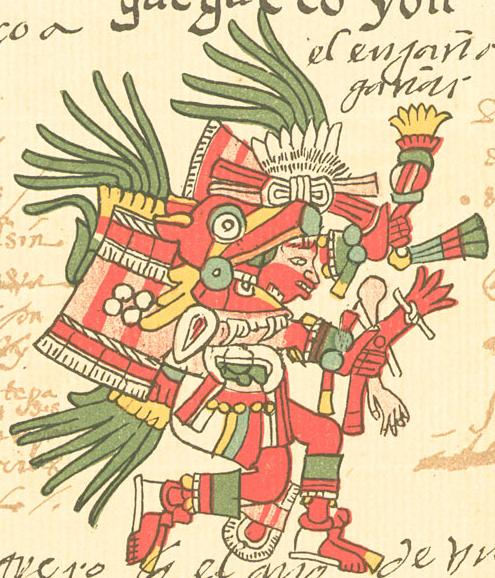
According to some sources, cuetzpalin was ruled by another god, Macuilxochitl. He was the god of games, art, flowers, song, music, and dance in Aztec mythology. He was also the patron of reading, writing, and the strategic game known as patolli.
Huehuecoyotl: The Trickster God
Huehuecoyotl, known as the Old Coyote, is the mischievous god of dance, music, song, and mischief. He is often depicted as a playful trickster who enjoyed pranks on both humans and fellow deities. However, these tricks would frequently backfire, causing more trouble for Huehuecoyotl himself.
Despite his mischievous nature, Huehuecoyotl’s presence on Cuetzpalin suggests a connection between the day’s symbolism and the unpredictable nature of the trickster god.




